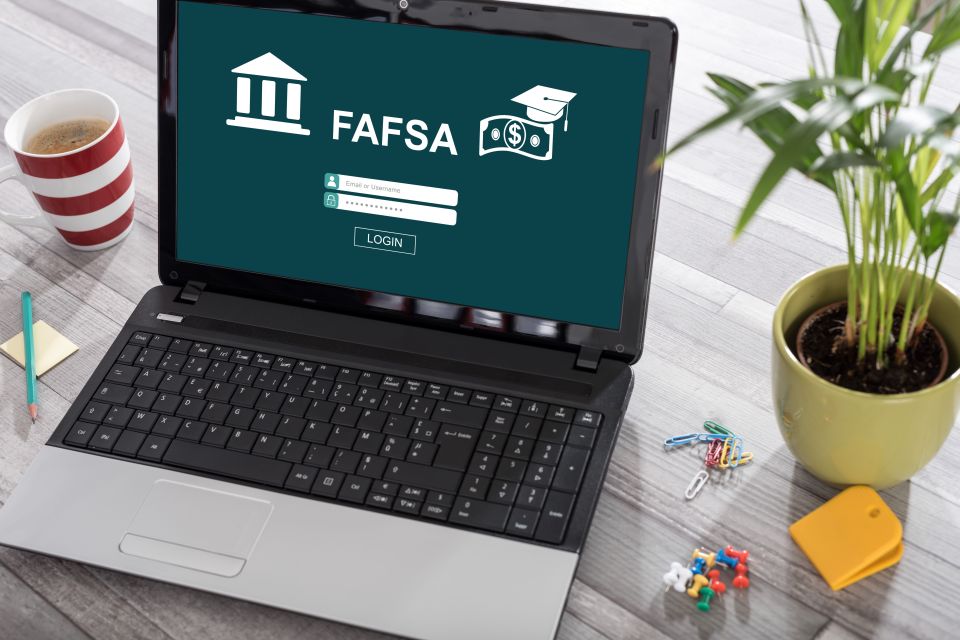It’s just as important for families and students to fill out the Free Application for Federal Student Aid (FAFSA) as it is to not make mistakes when doing it
We are in October and with the beginning of the month, the period begins for families and young people who want to go to university in the United States to fill out the free application for federal student aid, better known by its acronym in English as FAFSA. It is an excellent opportunity to finance the professional studies of interested people, however, not doing it correctly could deprive you of receiving support or reduce it.
For many people, the form is complicated and confusing, most taking an hour to complete. Concentration and patience are required to fill out the application properly. For some it can be so exhausting, to the point that they could make substantial mistakes when registering. These are the 6 mistakes to avoid when doing your FAFSA application.
1. Not filling out the FAFSA
The first and biggest mistake many families make is not even trying to fill out the FAFSA. There are parents and teens who often think they won’t be eligible for some of the benefits the FAFSA can provide, losing sight of the fact that they could qualify for at least one of the supports if they applied.
According to the National College Access Network (NCAN), only about 57% of college graduates in the class of 2021 completed a FAFSA. However, by not applying, students are leaving billions of dollars in federal financial aid on the table, including grants, loans, and work-study programs, as well as aid from many states and institutions.
2. They wait until the last minute to complete the FAFSA.
The deadline to apply for federal aid could be as late as June 30, 2023 for the 2022-2023 academic year, but you should never wait that long. Keep in mind that many states and colleges have their own financial aid deadlines earlier than others. In addition, many of the supports, such as scholarships, are limited and are usually awarded on a first-come, first-served basis.
At this point we also add not to apply for more aid in more universities. You can list up to 10 colleges when you first apply, and then add or remove schools after you receive your Student Aid Report.
3. Put wrong information
This error is common in any bureaucratic procedure. Nerves, ignorance and carelessness are the factors that cause us to put wrong information, from typographical errors to false data, by voluntary or involuntary omission. It’s easy to get your Social Security numbers wrong, who you’re requesting support from (parents or student), or even misreporting income.
Speaking of income, the FAFSA takes into account untaxed income, such as child support, interest payments, workers’ compensation, or non-educational veterans benefits. Assets should be listed, including checking and savings account balances, and the current value of investments like stocks, bonds, and real estate (but not your family’s home).
Qualified retirement accounts, such as an IRA, 401(k), 403(b), and pension plan, should not be reported as assets.
4. Forgetting to sign the FAFSA
It may sound silly, but it’s more common than we’d like: Many applicants submit their FAFSA without signing it.
If you complete the FAFSA electronically and didn’t receive a confirmation relatively quickly, within a day or two, double check to make sure you actually signed it as many times as necessary.
5. Not renewing every year
For better or worse, a family’s or student’s financial situation can change from year to year, which means financial aid eligibility can change, too. That’s why it’s important to renew your FAFSA every academic year. Fortunately, schools often remind their students to keep an eye out for their application renewal.

